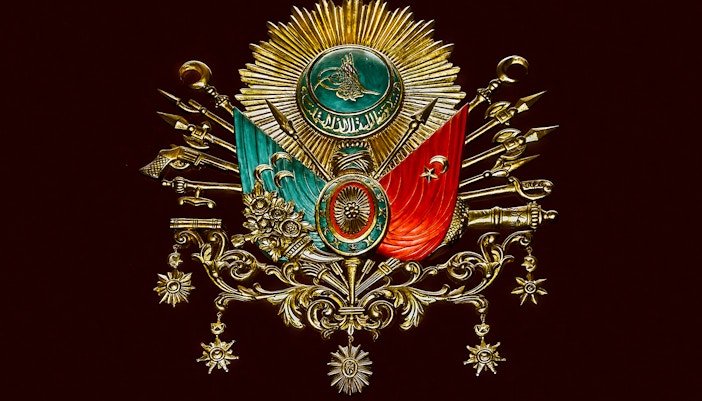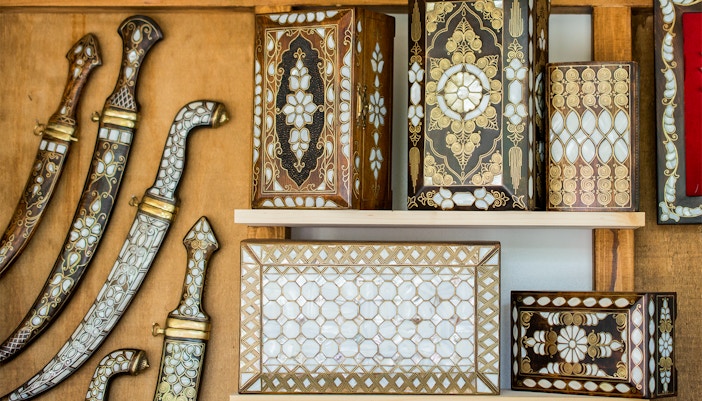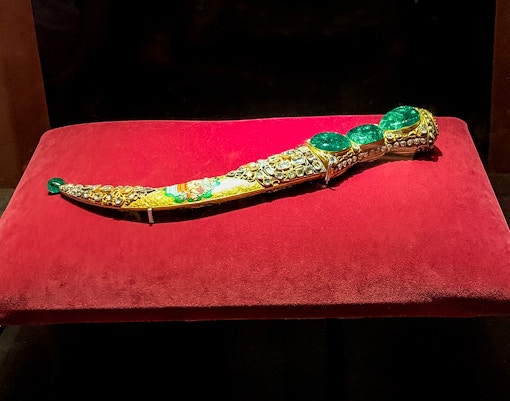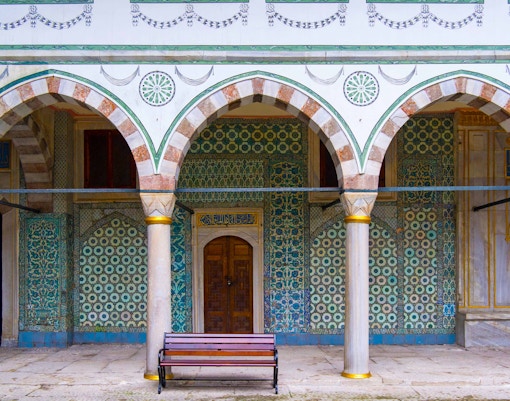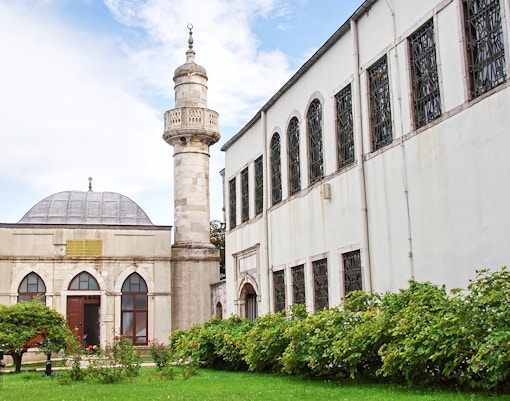The embellished and grand Imperial Gate of the palace marks the entrance to the First Courtyard. It leads directly to the Hagia Sophia and then turns northwest towards the Palace Square to the Fountain of Ahmed III. Through the Imperial Gate, to the south of the palace, the sultan would make their entry into the palace. Dating originally from 1478, this massive gate is now covered in nineteenth-century marble. In the structure's central arch, is a high-domed passage decorated with gilded Ottoman calligraphy, which includes verses from the Qur'an and Tughras of the Sultans.
What’s inside Topkapi Palace?

Topkapi Palace Imperial Gate





